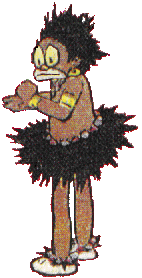|
...the woods and some more background More about the fabled
Batch of 15 of 2003
I was delighted that Richard Hoover decided to bring le modèle H back to being the guitar I had originally envisioned back in 1978. This is the template for the model now known as the H-13. Wood choices and type and degree of decoration aside, these basics are covered in the restored standard model H-13:
This basic guitar is also available now in a plainer version called the H-13L, which has a flat headstock shaped like a moustache on top, a somewhat large flat rectangular bridge with a shallow saddle angle, simpler binding and appointments, and with the fingerboard projecting over the edge of the soundhole. Fewer production steps = lower price. PS: The list of folks who got in on the 2003 custom batch included: 1)
Henry Kaiser: redwood
and
pink ivory, padauk
neck, snakewood f'bd and bridge Marquetry choices and color details varied considerably; there are no two alike in the batch. Have a look here at some of the results. And read on for some of my ideas on design and woods.
The top is 98%
or
more of the final sound. Body woods color
the top
sound, and that effect is most apparent to the
player, not the
listeners. The design of the box - and
especially the skill of the
luthier
- is more important than the tonal quality of the
body woods. Torres,
Mozzani,
Kaman and many others have demonstrated this over
and over with guitars
made of paper, plywood, plastic etc. Again, the most
important part is
the degree of skill that goes into making the
guitar. Materials
themselves
are a guarantee of nothing. A good design is only
going to come out as
good as the skill of the maker. Of the old Gibson Nick Lucases, which are the closest historical guitars to this Model H, my favorites have always been mahogany 12-fretters (I've never played a 12-fretter of anything but mahogany, come to think of it). Gibson also made them in maple and rosewood in the 13 and 14 fret models. In any event, mahogany rocks. The 2002 NAMM guitar was mahogany and cedar. Some top wood options:

I like them both very much. In the Model H guitar, the punch of cedar works extremely well. I do not, for a moment, buy the old wives tale that cedar plays out or fatigues. I could talk more about where this needless and bad reputation got started, if anyone is interested. I also repudiate the silly idea that cedar is for fingerpicking. My H-4 from '79 is cedar and it's spent its life (so far) strung with mediums while being flatpicked fortissimo.
Top and body can be the same woods.
As I see more guitars made with more adventurous materials choices, including several marvelous guitars with walnut tops, I am realizing there are lots of options that should be on the table (no pun intended). Most luthiers are understandably reluctant to experiment with these materials. Rarely do I see body woods having a significant effect on the top other than coloring it—not, mind you, that that is insignificant. In fact, from across the room, no one can tell what the sides and back might be made of - that quality is for the player who is not blindfolded. But we all know many people listen with their eyes. Maple is problematic for some people, who ascribe completely conflicting qualities on it—too bright, or too soft and muted. I do know maple often wakes up late, but I think it's well worth the wait. That said, I decided to
go into uncharted territory with
another very
soft wood: California sycamore, on my new H. And to
compound that all,
I chose local coast redwood for the top! Someone had
to do it. As this
guitar has
ripened,
it has been a great surprise. More on this elsewhere
on this
site. Some body woods I really like include:
Burma Padauk - Pterocarpus macrocarpus Rather common in the upper mixed and dry forests of Burma; also found in mixed deciduous forests of Thailand; medium-sized tree, up to 80 ft in height, boles clear to 25 ft straight and cylindrical, sometimes irregular; trunk diameters 2 to 3 ft. Heartwood bright yellowish red to dark brick red, streaked with darker lines, lustrous when freshly cut but becoming a dull but attractive golden brown on exposure. Texture moderately coarse; grain interlocked; has a faint spicy odor. Rather difficult to saw, especially when dry, and also difficult to work with handtools, turns well, dresses to a smooth finish, glues satisfactorily. African Padauk - Pterocarpus soyauxii Harvested in the Congo of Central Africa. Heartwood vivid red when freshly cut darkening to a purple brown on exposure. Texture coarse; grain straight to interlocked; lustrous; faint aromatic scent when freshly cut. Sawdust may cause respiratory problems. Saws well but requires slow feed, easy to machine but with some tearing of interlocked grain, takes a good finish, glues easily and holds nails and screws satisfactorily. Andaman Padauk - Pterocarpus dalbergioides Heartwood variable, mainly a rich crimson hue or shades of red to brown, often with darker red or blackish streaks, sometimes pale red or yellowish. Texture rather coarse; grain generally interlocked; dull to lustrous; without characteristic odor or taste. Not difficult to saw and machine but because of interlocked grain does not dress to a smooth finish, turns well, takes a good polish. And more: Padauk, while emanating from Africa, is secured principally from the Andaman Islands, a group of islands in the Bay of Bengal about 650 miles southeast of Calcutta. Historically, most of the settlement on the island consisted of penal colonies and a great portion of this timber was formerly logged by convict labor. Today Padauk is logged mainly by the direct descendants of these former penal colonies. The Padauk tree is one the most common in these islands. The trees do not grow in groups, but are scattered throughout the forest. Because of the brilliant red color of some of the wood, the name 'vermilion' has been given to it. Among old cabinetmakers it is often referred to as East Indian mahogany and Indian redwood. It comes in both a striped and mottled effect. Much use had been made of it by the Pullman Company for trim in dining, smoking and sleeping compartments. Craftsmen find it an excellent wood for various small pieces of furniture, turned articles and certain musical instruments. The Padauk from Africa is generally inferior to the Andaman wood because of its open grain and softer texture. However, it is still extensively used in the making of dyes. To my Main Page | Site map To some talk about scales, neck clearance, and so on |
|
|
Here are the normal labels for the Batch of Fifteen (there's another):
The bottoms are
snipped off to fit the back bracing inside the
soundhole. Please note: I am not an SCGC
dealer. I will happily advise you if you
wish, but
if you want to acquire Support your local
music store! My favorite local
dealer is Gryphon.
|
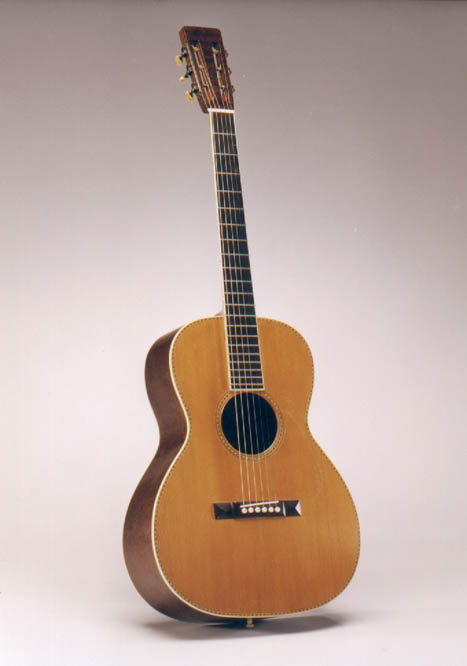
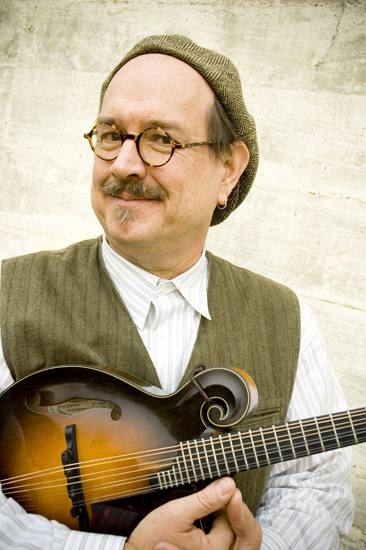 and I talked at
length about
what
woods might be available and possible, and why would
one be better than
another and so forth. I won't bother to recount all
of that now, it
feels a bit dated, but it was a good dialogue that
really helped focus
the whole project. Here's what's left of that dialog
that still
seems worth repeating. My 3 cents' worth on the
subject (since 2 cents
gets ya nothing these days).
and I talked at
length about
what
woods might be available and possible, and why would
one be better than
another and so forth. I won't bother to recount all
of that now, it
feels a bit dated, but it was a good dialogue that
really helped focus
the whole project. Here's what's left of that dialog
that still
seems worth repeating. My 3 cents' worth on the
subject (since 2 cents
gets ya nothing these days). 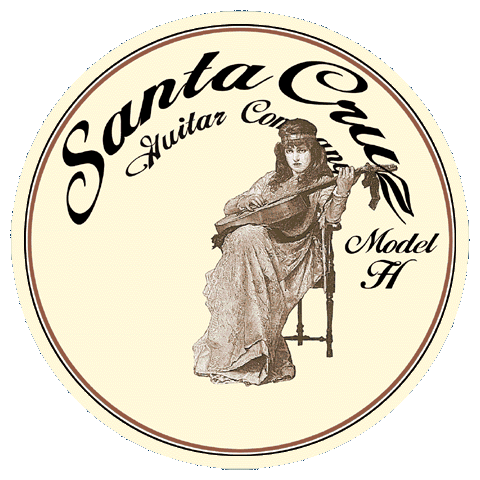
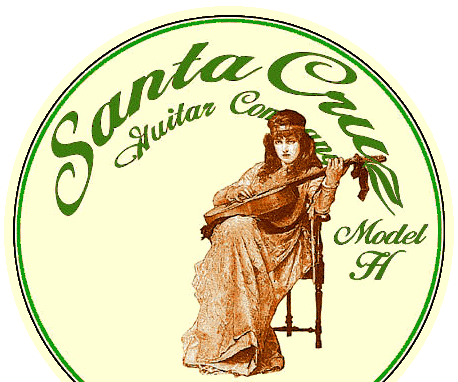
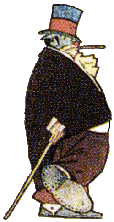 Questions?
Questions?
Questions?
Questions? 